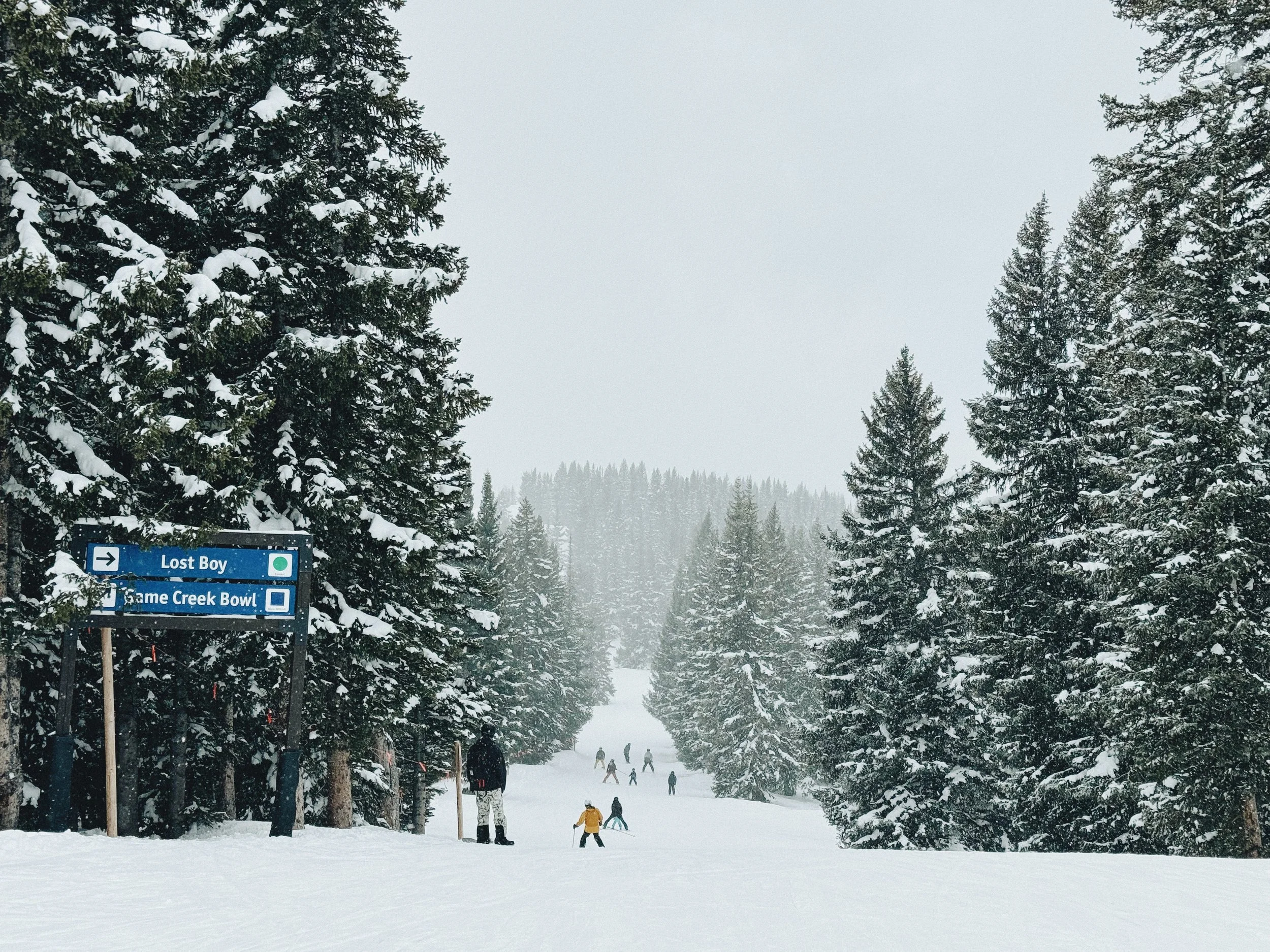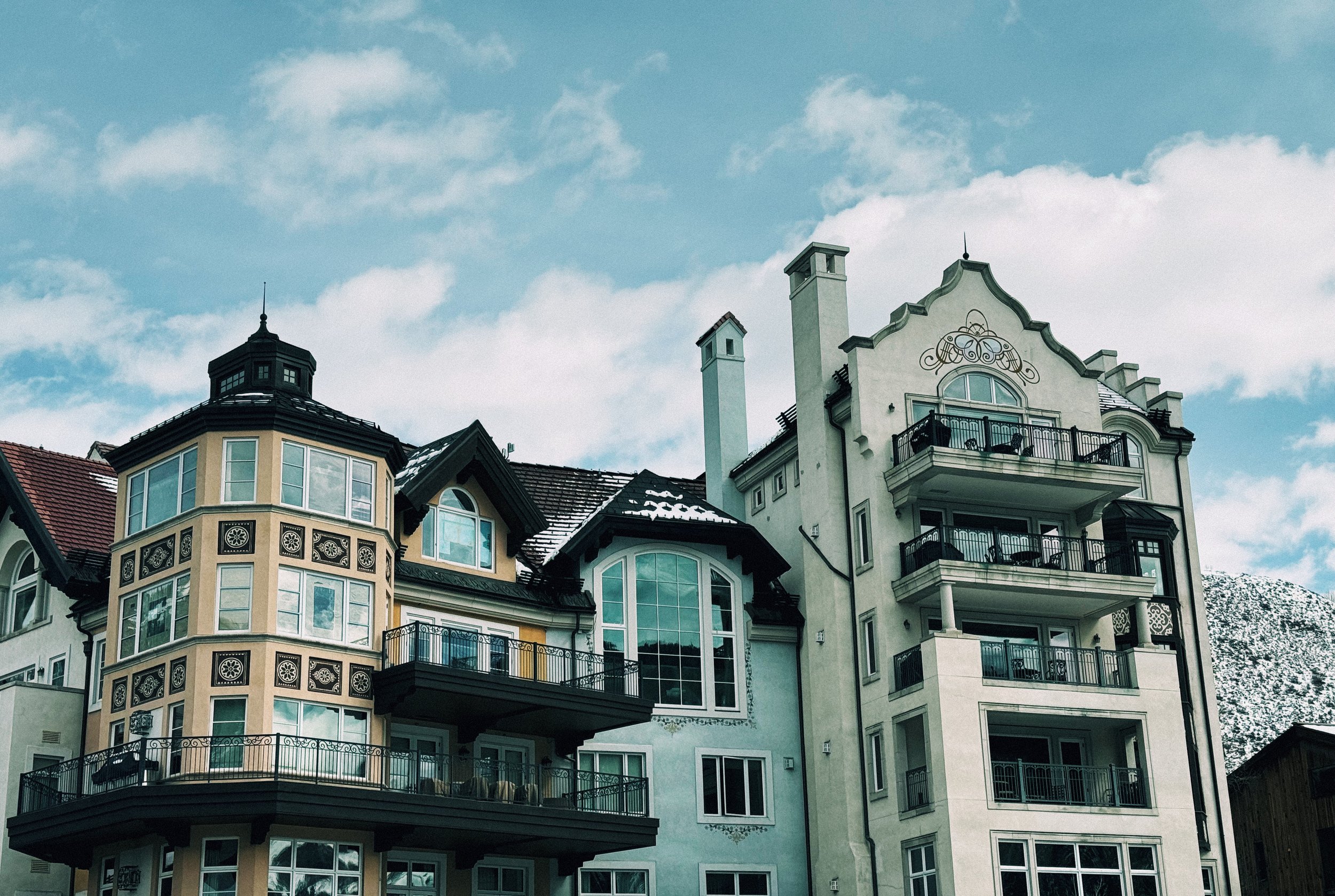How Vail, Colorado Became One of the World's Top Ski Resorts.
I'm an affiliate, meaning I partner with brands and earn a commission if you purchase through the links on my site. This helps support Overland Girl.
Vail, Colorado, is a must-visit spot for skiers and tourists. Known for its excellent slopes and beautiful scenery, Vail has a history that has made it one of the top ski destinations in the world. I made my first trip to Vail this past ski season, 2024. I am intrigued by the history of the West and the stories from that history. Let’s look at how Vail got started and grew into the beloved place it is today.
Early History: Native American Roots and European Exploration.
Before Vail became a skiing hotspot, it was home to Native American tribes, mainly the Ute Indians. They lived off the land and respected its natural beauty. The Utes hunted game and gathered edible plants in the Vail Valley, which provided a rich and diverse ecosystem. In the 19th century, European explorers and settlers started arriving, drawn by the rugged mountains and the chance to explore new territories. They were primarily trappers and miners seeking fortunes in the Colorado mountains. The railroad's arrival in the late 1800s further opened up the area for settlement and development.
The Ute Indians were deeply connected to the land, with spiritual beliefs tied to the mountains and rivers. Their presence in the Vail Valley is marked by various archaeological sites and artifacts that offer a glimpse into their way of life. On the other hand, European settlers brought a different perspective, seeing the land as an opportunity for economic gain through mining and trapping. This clash of cultures set the stage for the region's future development.
Founding of Vail: Pete Seibert and Earl Eaton's Vision.
Pete Siebert
Vail's story starts with two key figures: Pete Seibert, a World War II veteran and passionate skier, and Earl Eaton, a local mountaineer. In the late 1950s, they dreamed of creating the perfect ski resort. Their search led them to Vail Mountain, where they saw huge potential. Despite facing financial and logistical challenges, Seibert and Eaton pushed forward with their vision. They secured financing through a mix of investors and personal savings, and in 1962, Vail officially opened to the public. The first season was a success, attracting skiing enthusiasts who were impressed by the founders' terrain and vision.
Pete Seibert and Earl Eaton's partnership was crucial to the creation of Vail. Seibert brought his experience from working at other ski resorts and his passion for skiing, while Eaton's knowledge of the local terrain and mountaineering skills were invaluable. Together, they scouted the area, hiking up Vail Mountain and envisioning where the trails and lifts would go. Their determination paid off when they finally secured the necessary funding to turn their dream into reality.
The early days of Vail were filled with excitement and hard work. The construction of the first ski lifts and lodges required significant effort and investment. Local workers and volunteers played a vital role in getting the resort ready for its grand opening. Despite the challenges, the founders' vision and the community's support helped Vail quickly gain a reputation as a premier skiing destination.
Development as a Ski Resort: Early Growth and Community Spirit.
Vail sign advertising Vail’s first season set to open in December of 1962—image from Colorado Sports Museum.
In December 1962, Vail officially opened to the public with its first ski lifts and a handful of trails. Early on, it attracted a community of dedicated skiers and quickly became known for its excellent skiing conditions. The resort kept growing, adding new lifts and expanding its trails to accommodate more visitors. Vail’s early years were marked by a strong sense of community among its residents and visitors. The resort quickly gained a reputation for its challenging runs and pristine snow, attracting skiers nationwide. The introduction of new ski lifts and the expansion of the trail system made Vail accessible to more people and set the stage for its future growth.
The early 1960s saw Vail develop its infrastructure rapidly. The resort's founders focused on creating a seamless experience for visitors from the moment they arrived to the time they hit the slopes. The first ski school was established to help newcomers learn the sport, and the initial lodges offered cozy accommodations for skiers. As word spread about the quality of the skiing and the welcoming atmosphere, Vail began to attract a loyal following.
In the mid-1960s, Vail hosted its first major skiing competitions, which helped to elevate its status in the skiing community. These events drew professional skiers and spectators from around the world, showcasing the resort's capabilities and solidifying its place on the map of top ski destinations. The resort continued to innovate, introducing new types of lifts and expanding the trail network to keep up with growing demand.
Expansion and Modernization: Vail's Evolution in the 1970s and 1980s.
The 1970s and 1980s were big decades for Vail. Major expansions took place, bringing in modern amenities and improved facilities. Technological advancements in skiing equipment and snowmaking helped Vail stay at the forefront of the skiing industry. The resort continued to enhance the visitor experience, making it a top choice for ski enthusiasts. During this period, Vail expanded its lodging options, adding luxury hotels and condominiums to accommodate the growing number of visitors. The resort also invested in infrastructure improvements, including better transportation options and enhanced snowmaking capabilities, ensuring reliable skiing conditions throughout the season.
Buildings in Vail Village.
One of the significant milestones in Vail's expansion was the opening of the Back Bowls in the early 1970s. These vast, open skiing areas provided a new level of excitement and challenge for advanced skiers, and they quickly became a defining feature of the resort. The Back Bowls offered a unique skiing experience with their wide, open spaces and deep powder, attracting skiers looking for more adventurous terrain.
The famous Vail Back Bowl photo spot.
In the 1980s, Vail continued to push the envelope with the introduction of new lift systems and grooming technologies. The resort's commitment to providing top-notch skiing conditions and a variety of terrain options helped it maintain its status as a premier destination. The investment in state-of-the-art snowmaking equipment ensured that Vail could offer excellent skiing conditions even in years with less natural snowfall.
Vail Pass: A Key to Accessibility.
A crucial factor in Vail's success was the development of Vail Pass. Vail Pass, sitting at an elevation of 10,662 feet (3,250 meters) along Interstate 70 (I-70), serves as a vital transportation route connecting Denver to Vail and other mountain destinations. Named after Charles Vail, the highway engineer who designed it in the 1940s, the pass significantly improved access to the region. The construction of Vail Pass and the subsequent development of I-70 were instrumental in making Vail a convenient and accessible destination for skiers and tourists. This improved access facilitated the growth of Vail Ski Resort by enabling more visitors to reach the resort easily, contributing to its popularity and success.
Vail in the 21st Century: Sustainability and Year-Round Attractions.
Today, Vail is more popular than ever. The resort has continued to grow, offering even more activities and events for visitors. Environmental sustainability has become a key focus, with various initiatives to preserve the area's natural beauty. The resort has expanded its offerings to include summer activities like hiking, mountain biking, and festivals. Vail’s commitment to sustainability is evident in its efforts to reduce its carbon footprint, protect local wildlife, and promote eco-friendly practices among visitors and staff.
Vail’s journey from a vision shared by two passionate individuals to a premier ski destination is genuinely inspiring. Today, it stands as a testament to determination and innovation. Whether you’re a skier or just looking to explore, Vail offers something for everyone. Come and experience the history, beauty, and excitement that make Vail a special place.
Vail Resorts: A Global Presence.
Vail Resorts, Inc., behind Vail, owns and operates several other prestigious ski resorts across North America and beyond. These include Beaver Creek, Breckenridge, and Keystone in Colorado, Park City in Utah, Heavenly, Northstar, Kirkwood in California and Nevada, and Whistler Blackcomb in Canada. This extensive portfolio allows Vail Resorts to offer a wide range of skiing experiences and attract visitors from all over the world. The company's acquisition strategy has helped it become a dominant player in the ski industry, providing consistent quality and service across its properties.
Conclusion: Vail's Inspiring Journey.
Vail’s journey from a vision shared by two passionate individuals to a premier ski destination is inspiring. Whether you’re a skier or just looking to explore, Vail offers something for everyone. Come and experience the history, beauty, and excitement that make Vail a special place. I love Vail and hope to return this Ski season. I also hope to make it out for some mountain biking.






